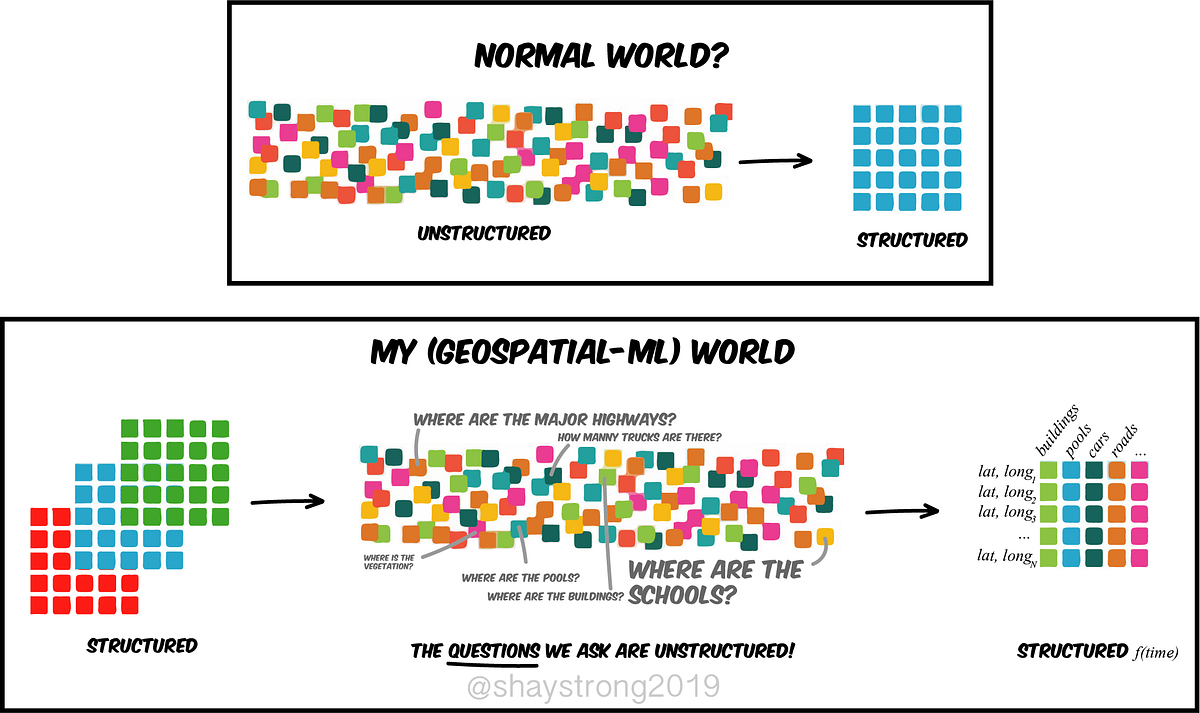

#Unstructured data analysis methods pdf
SEE: Free PDF download–How to build a successful data scientist career (TechRepublic) What is unstructured data? How can companies use unstructured data? The preparation and processing of unstructured data, and the ability to append it to systems of record or store it for future use, is available in an on-premise system and in the cloud.When will businesses use unstructured data? Unstructured data is used in every company and organization.


Who does unstructured data affect? Internally, almost every corporate department uses unstructured data in some form externally, unstructured data is used to monitor and report on movements of shipments and/or assets with sensors and more.Why does unstructured data matter? Since 80% of data that organizations see and process daily is unstructured, businesses must adapt to handle the increasing stores of unstructured data.Examples include documents, social media feeds, and digital pictures and videos. What is unstructured data? Unstructured data is data that aren’t stored in a fixed record length format.SEE: All of TechRepublic’s smart person’s guides Executive summary We will update this resource periodically with the latest information and tips about unstructured data. Learn more about unstructured data by reading this smart person’s guide. Unstructured data comes from documents, social media feeds, digital pictures and videos, audio transmissions, sensors used to gather climate information, and unstructured content from the web. Unstructured data does not contain a set record format–it can come in any shape or form. With structured data, data fields are aligned side-by-side in fixed record lengths, with specific data fields appearing at static locations within each record. By 2025, IDG projects that there will be 163 zettabytes of data in the world, and estimates indicate that 80% of this data is unstructured.


 0 kommentar(er)
0 kommentar(er)
